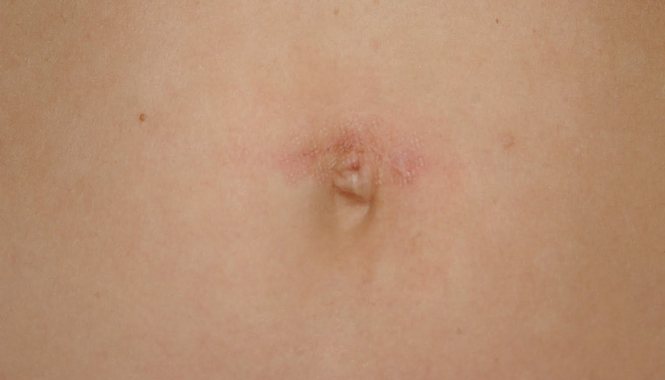

Keloid scars are large, thick, abnormally shaped scars that form after a wound. They can end up being much larger than the original wound, and can actually sometimes be painful for the person afflicted by them. There are, however, many methods available for keloid scar removal, including surgical removal and laser therapy. It is important to remember that every treatment method comes with risks, so consider your options carefully, and talk it over with a doctor.
As mentioned, a keloid is a scar that can form after an injury of any kind, but in some people keloid scars can occur as the body’s response to an abnormal tissue formation which causes scarring to occur. Usually, keloid scars respond very poorly to topical treatments. Talk with your dermatologist about ways to reduce or remove Keloids. It is likely that he or she will recommend laser therapy as an option for removing the scar and preventing it from recurring.
There are certain risks associated with laser scar removal for Keloids that you should be aware of. While it is true that laser scar removal is a method that can prevent the recurrence of keloid scar tissue, you should know that no method is 100% effective at combating regrowth of keloid scars. There have even been cases of patients who experienced keloid recurrence with scar tissue that ended up being worse than the original keloid.
It is also possible for you to develop an infection in the skin tissue where the removal occurs. Betadine is often used before and during a procedure to prevent infection, and antibiotic ointments are typically applied to surgical wounds after the procedure, as would be done with any skin surgery. It is important to control skin infection risk, as an infection can cause a new keloid to form.
For most people, however, laser removal of a keloid scar is a safe, effective procedure. As long as you know the risks that are involved, as well as the chances that the scar will recur, you should have a safe and healthy outcome with laser removal.
Keloid scars occur when too much collagen is present in the skin to try to heal a wound. These scars are more common in people with dark complexions, and there is currently no way to prevent these scars from forming. Once you have a keloid, though, there are many methods for getting rid of it, from topical preparations to laser removal to surgery. The success of any method a patient uses depends on the patient’s skin, how well they follow aftercare instructions, and where the keloid is located. Talk to your doctor before choosing a method to find out which procedure will be best for you.
Silicone pads and tape can be used to apply pressure to scars. Applying a tight covering to a healed wound for 24 hours can prevent the formation of any scar in some people. Results are not 100%, but they are worth trying. Topical creams sometimes claim to be able to prevent the formation of skin cells by “rejuvenating” skin and stimulating new cell growth. Some patients also swear by pure cocoa butter. The effectiveness of these methods varies with the patient and their skin type, as well as their dedication. They are a more inexpensive way to address the problem.
Some dermatologists recommend corticosteroid injections for scar treatment, putting injections directly into the scar. If injections are done over a four-to-six week period, the injections can flatten the scar and reduce the thick bands of collagen. These injections do not completely remove a scar, but they can reduce its appearance. Surgical excision is also sometimes employed to rid one’s self of a scar, however when cutting the skin a second time, not only is it possible for a keloid to recur, it can become bigger. It should only be attempted for small keloids.
You can never rid yourself of keloid scars. You can, however, reduce their appearance and resurface your skin by using keloid scar removal treatments.











Leave a Reply
You must be logged in to post a comment.